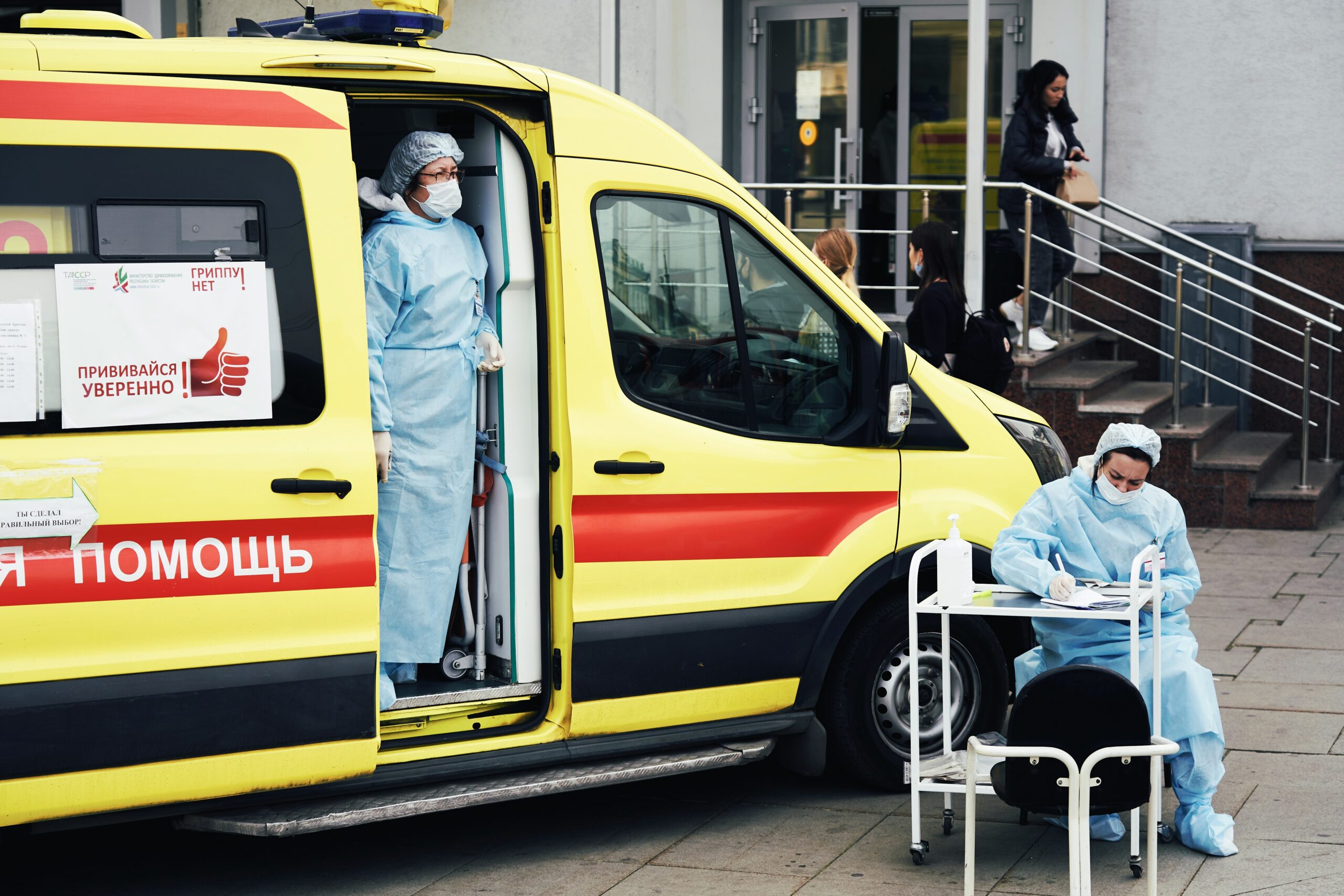
Emergency care represents the heartbeat of modern medicine. Every day, clinicians face life-or-death situations that require immediate decision-making and precise execution. Over recent years, rapid technological advances and evolving medical practices have transformed the way emergency departments operate. At the same time, increasing patient demand, complex medical cases, and systemic pressures present significant obstacles. Examining the latest innovations alongside these challenges provides a clear view of both progress and the realities of modern emergency medicine.
Technological Advances Transforming Care
Technology continues to redefine how emergency care is delivered. Portable diagnostic devices, including compact ultrasound machines and handheld labs, allow clinicians to obtain critical information in minutes. Telemedicine platforms expand access to emergency expertise, connecting patients in remote areas with specialists who can guide treatment. Moreover, artificial intelligence tools are beginning to assist with triage and diagnostics, highlighting patterns in patient data that may not be immediately visible. These technologies enhance speed, accuracy, and patient outcomes, providing clinicians with greater confidence when making urgent decisions.
Enhancing Communication and Team Coordination
Effective communication is crucial in fast-paced emergencies. Integrated health record systems and real-time communication platforms facilitate collaboration among doctors, nurses, and support staff. Emergency medical teams can transmit vital patient information ahead of arrival, allowing hospital staff to prepare interventions in advance. By reducing delays and miscommunication, these tools directly impact the quality and timeliness of care, ensuring patients receive the treatment they need when every second counts.
Addressing Overcrowding and Complexity
Despite advancements, emergency departments face ongoing challenges. Overcrowding is a common occurrence, particularly during seasonal surges or public health crises. Patients often arrive with multiple chronic conditions, injuries, or complex medical needs, requiring clinicians to juggle numerous critical cases at once. These pressures contribute to staff fatigue and burnout, making workplace support and mental health resources more crucial than ever. Emergency care providers must strike a balance between speed and precision, maintaining high-quality care under continuous stress.
Responding to Emerging Health Threats
Emergency medicine is at the forefront of responding to new health challenges. Outbreaks, natural disasters, and mass casualty incidents demand rapid adaptation and coordination. The COVID-19 pandemic highlighted the need for flexible protocols, rapid infection control measures, and efficient resource management. Hospitals had to reorganize patient flow, expand intensive care capacity, and develop new workflows under extreme pressure. These experiences underscore the importance of preparedness, ongoing training, and adaptable response strategies in protecting both patients and healthcare teams.
Training and Education: Preparing Clinicians for Complexity
Continuous training is vital for maintaining the readiness of emergency staff. Simulation exercises allow clinicians to practice high-pressure scenarios safely, enhancing their confidence and technical skills. Interdisciplinary education ensures that doctors, nurses, and paramedics can collaborate effectively, promoting smoother operations during emergencies. By prioritizing ongoing education, hospitals create teams capable of responding to a wide range of scenarios while maintaining evidence-based practices.
Patient-Centered Emergency Care
Modern emergency medicine increasingly emphasizes holistic, patient-centered care. Clinicians address both immediate medical needs and the emotional well-being of patients. Clear communication reduces anxiety and builds trust, while post-discharge planning supports long-term recovery. Hospitals now often include social workers and case managers in emergency teams to assist patients with complex social or mental health issues. By focusing on the whole patient, emergency care yields better outcomes and fosters greater trust in healthcare services within the community.
The Future of Emergency Medicine
The future promises further innovation in emergency care. Remote monitoring and wearable devices may allow continuous tracking of patient health, alerting clinicians to early signs of deterioration. Predictive analytics could improve resource allocation and triage decisions, ensuring timely interventions for high-risk patients. Advances in trauma care, pharmacology, and regenerative medicine may lead to the introduction of new, life-saving treatments. As the field evolves, clinicians must remain adaptable, integrating new tools while preserving the human-centered approach that defines emergency care.
Progress and Persistence
Emergency medicine balances rapid innovation with the persistent realities of patient care. Technological breakthroughs, improved communication, and patient-centered practices enhance efficiency and outcomes. Yet challenges such as overcrowding, complex cases, and public health crises continue to test frontline teams. By embracing both innovation and compassionate care, emergency professionals navigate these pressures, saving lives while continuously advancing the practice of emergency medicine.